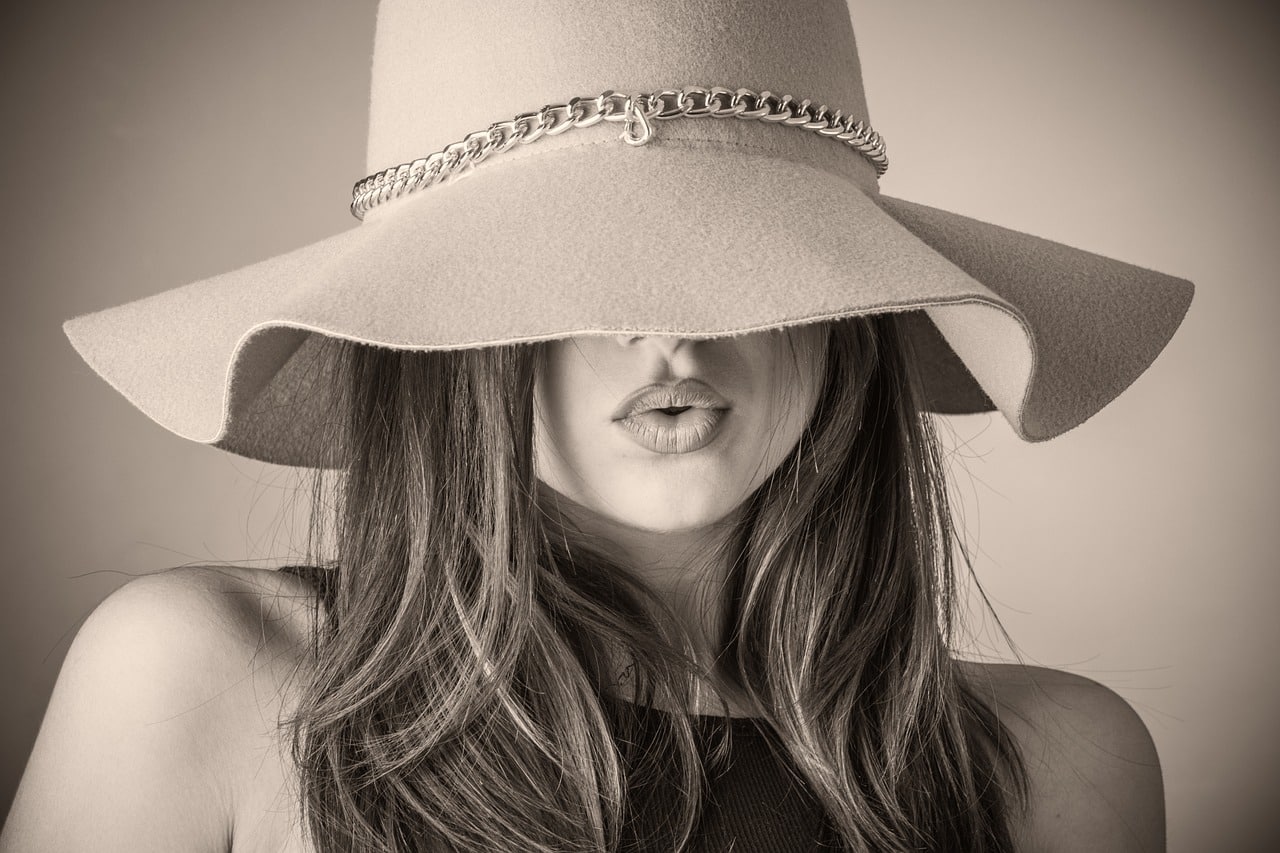
The idea of glamor is associated with beauty and elegance.
Glamor is an Anglicism (coming, in turn, from a French word) that refers to those objects or materials that look extraordinary and that stand out from their surroundings.
The origin of the concept, also mentioned as glamour , is found in a variation of the Anglo-Saxon word grammar which, during the 17th century , was used to designate wise men who practiced occultism and the magical arts.
Later, the term changed to the form we know it today and during the 18th century it began to be used to refer to certain magical spells that caused an affectation in the visual perception of an individual, causing them to see certain objects in a much different way. more attractive than they really were.
The idea of glamor today
Later the concept received various connotations; until, starting in the 19th century, it began to refer only to that which exuded beauty or elegance in a romantic way.
If we look for the term in the dictionary of the Royal Spanish Academy (RAE) , we find that it is related to the sensual charm that fascinates, that is, it could be linked to a beauty that is sophisticated and elegant .
This concept became extremely popular between the 1930s and 1950s to refer to the way of dressing and living of certain people, using as a reference the appearance of several Hollywood stars who were seen with haute couture hairstyles and clothing , a product of the work of prestigious hairdressers, makeup artists, designers and dressmakers, which allowed them to look extremely elegant and attractive .
This model of beauty is associated with luxury and refinement . A glamorous woman is usually dressed in expensive clothing , wears jewelry, and attends high society events. In this way, glamor is differentiated from the simplest and most everyday beauty, which would be represented by ordinary women who do not invest large sums of money in makeup or who do not have enough time to get ready and groom themselves before going out. the street

The concept of glamor is usually linked to the fashion of the 1950s.
a magazine
It should be noted that "Glamour" is a women's magazine that has been published monthly since 1939 in the United States , originally under the name "Glamor of Hollywood" . This magazine is distributed in Spain , France and the United Kingdom , among other countries.
In the fashion environment, the term is used to designate the attractive characteristics present in a certain era, in which great importance was given to intrinsic beauty and style and allowed attitudes such as excess, vanity , attraction to emerge. sexual and passionate.
Other uses of the term glamor
We can also find the concept of glamor in other artistic manifestations, such as architecture, drama, cinematography and photography , but always referring to something striking and generally expensive.
Glamor photography is known as the photographic art that combines eroticism and elegance. These images hint at more than they show, thanks to the combination of makeup , lighting, and the use of certain objects or clothing placed in strategic places (for example, to cover the woman's breasts).
In architecture , for example, it is used to illustrate those constructions that contain a particular elegance and beauty, especially it is usually used to refer to those buildings that come from the Baroque , Romantic and Modernist periods; where the constructions allow us to understand the privileges of the aristocracy and attempt to approach a supernatural vision of things, rejecting all mundane artistic displays.
It is usually reflected in political buildings, palaces, cinemas, skyscrapers and homes of people who belonged to the wealthy class. It is worth mentioning that within architectural glamor you can find differences in styles where each one receives a name; some of these are mannerism, rococo , flamboyant and neoclassicism , among others.
